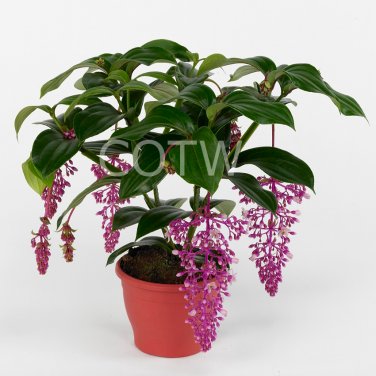 I meant to say Happy New Years!!
I meant to say Happy New Years!!
My question for your opinion today is.. Is a mushroom just a fungus or is it a vegetable? (It's a heated debate with my husband)
On the new years celebration finger food menu for today are:
( I had to mention it while I am waiting for stuff to cook......)
- Port Wine cheese with Ritz crackers
- French bread round rolls (the frozen kind), freshly baked to a crisp, stuffed with delicious spinach dip
- Peppered pork tenderloin, thinly sliced (served cold)
- and the most awesome meltinyourmouth stuffed mushrooms (family recipe)
And here is the mouth watering recipe...
12 - 15 large chamignion mushrooms
1 tablespoon coconut oil
1 tablespoon minced garlic
1 small onion chopped
1 (8 ounce) package cream cheese, softened
1/4 cup grated Parmesan cheese
1/4 teaspoon ground black pepper
Dash ground cayenne pepper
DIRECTIONS
1. Preheat oven to 350 degrees F (175 degrees C). Spray a baking sheet with cooking spray. Clean mushrooms with a damp paper towel. Carefully break off stems. Chop stems extremely fine, discarding tough end of stems.
2. Heat oil in a large skillet over medium heat. Add garlic and chopped mushroom stems to the skillet. Fry until any moisture has disappeared, taking care not to burn garlic. Set aside to cool.
3. When garlic and mushroom mixture is no longer hot, stir in cream cheese, Parmesan cheese, black pepper, onion powder and cayenne pepper. Mixture should be very thick. Using a little spoon, fill each mushroom cap with a generous amount of stuffing. Arrange the mushroom caps on prepared cookie sheet.
4. Bake for 20 minutes in the preheated oven, or until the mushrooms are piping hot and liquid starts to form under caps.
REP TIME 25 Min
COOK TIME 20 Min
READY IN 45 Min
Yum































































